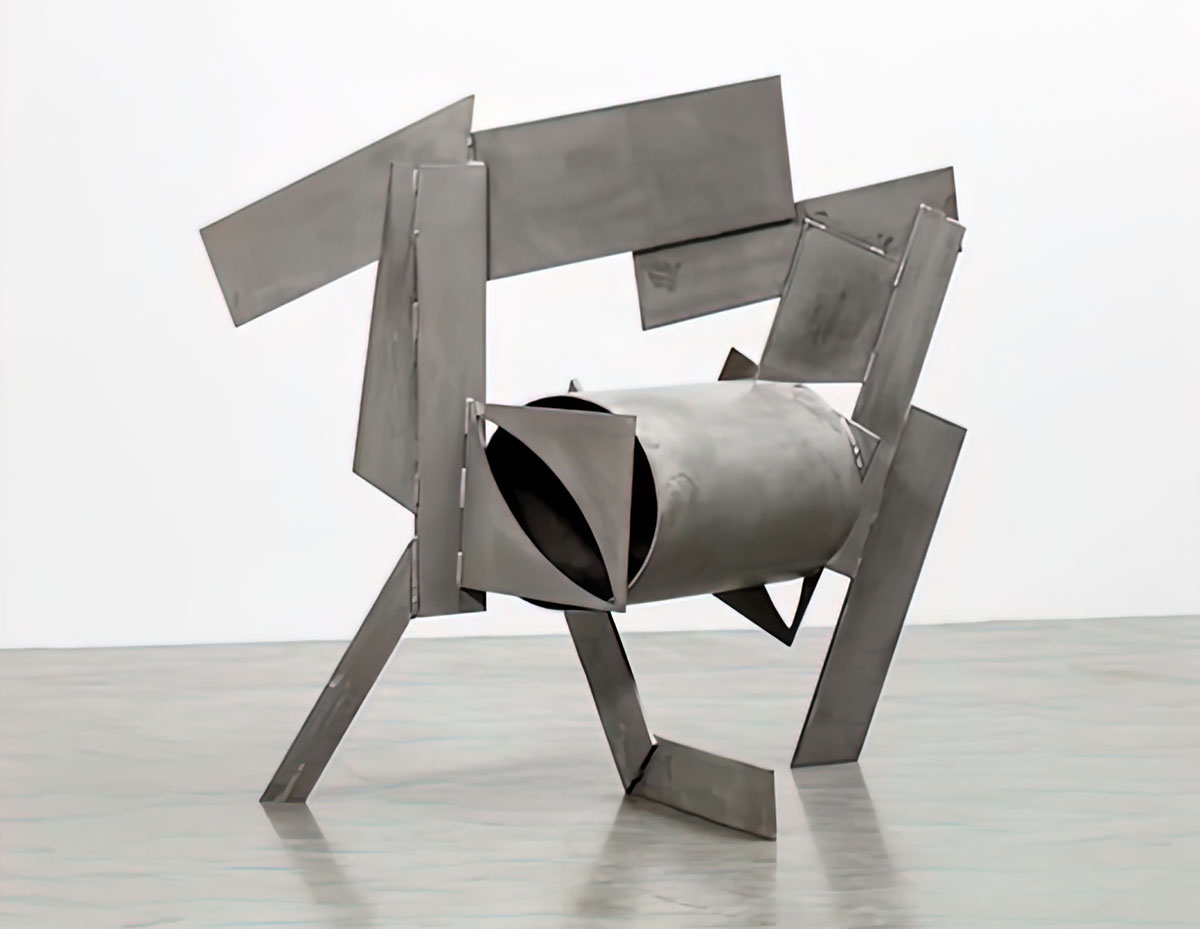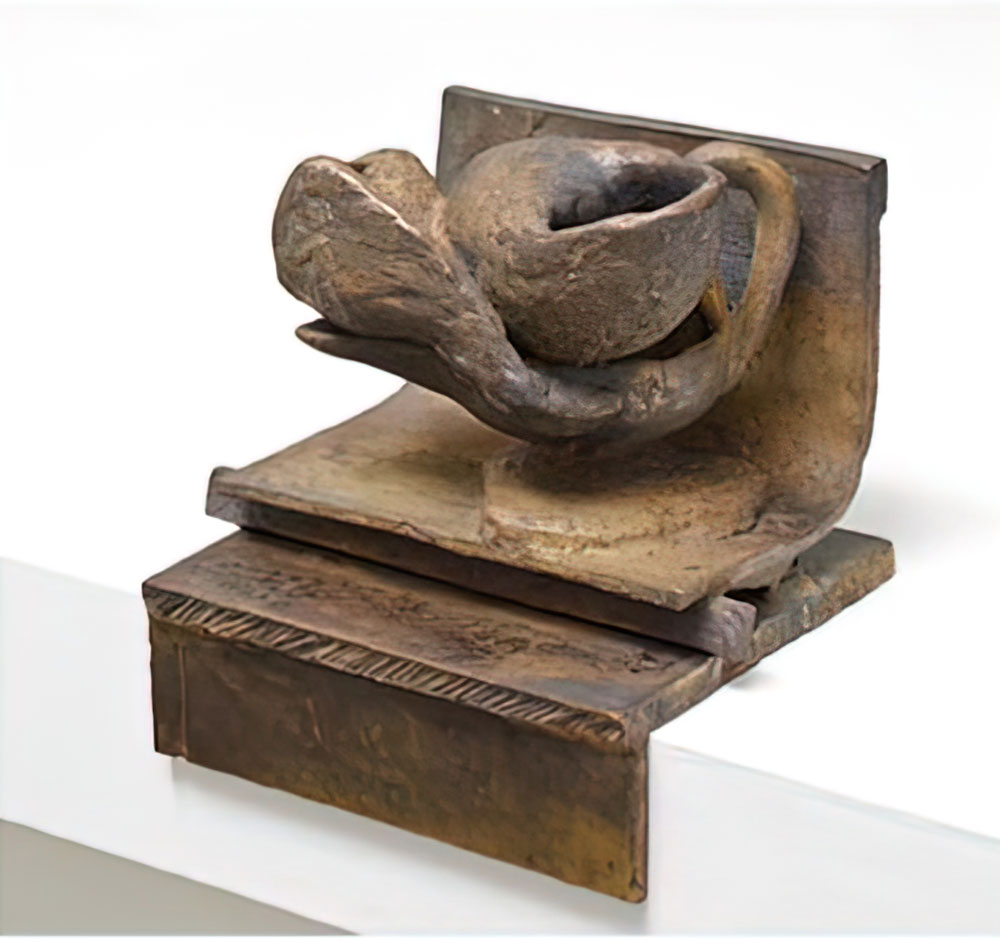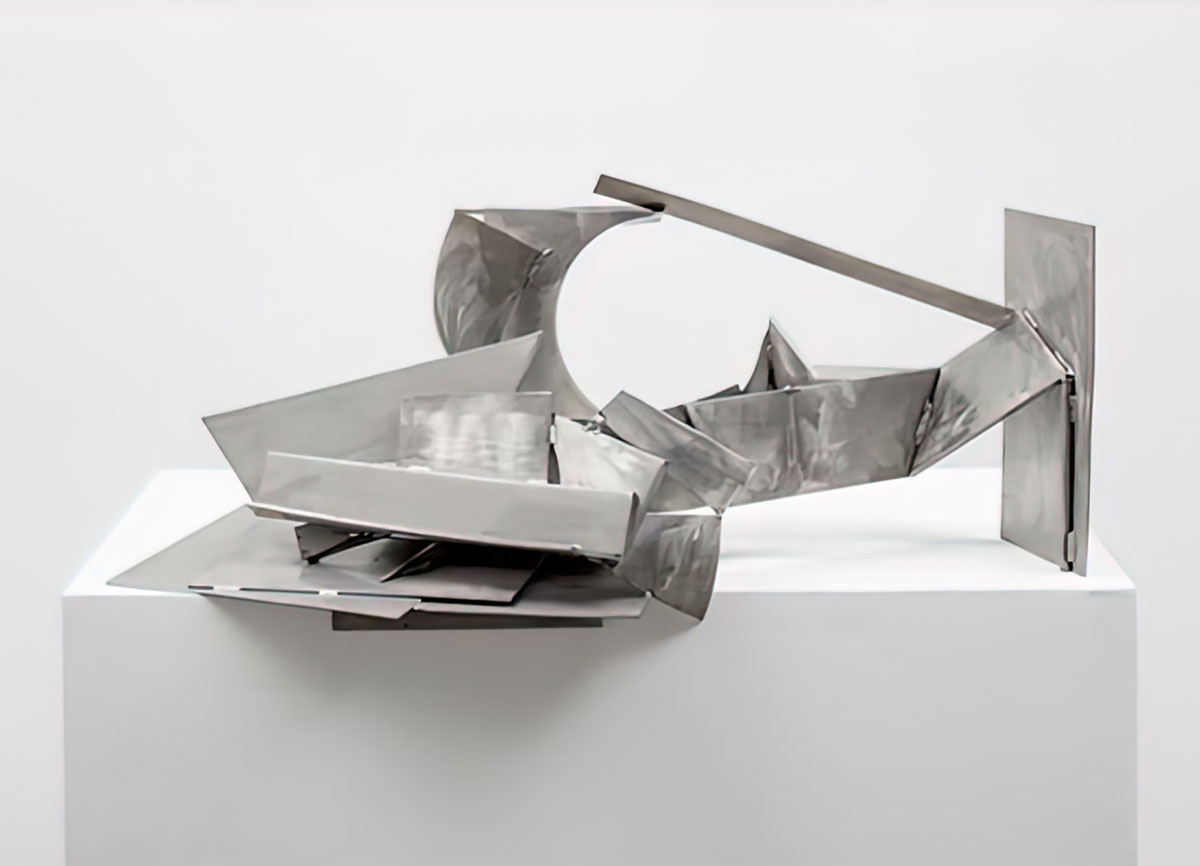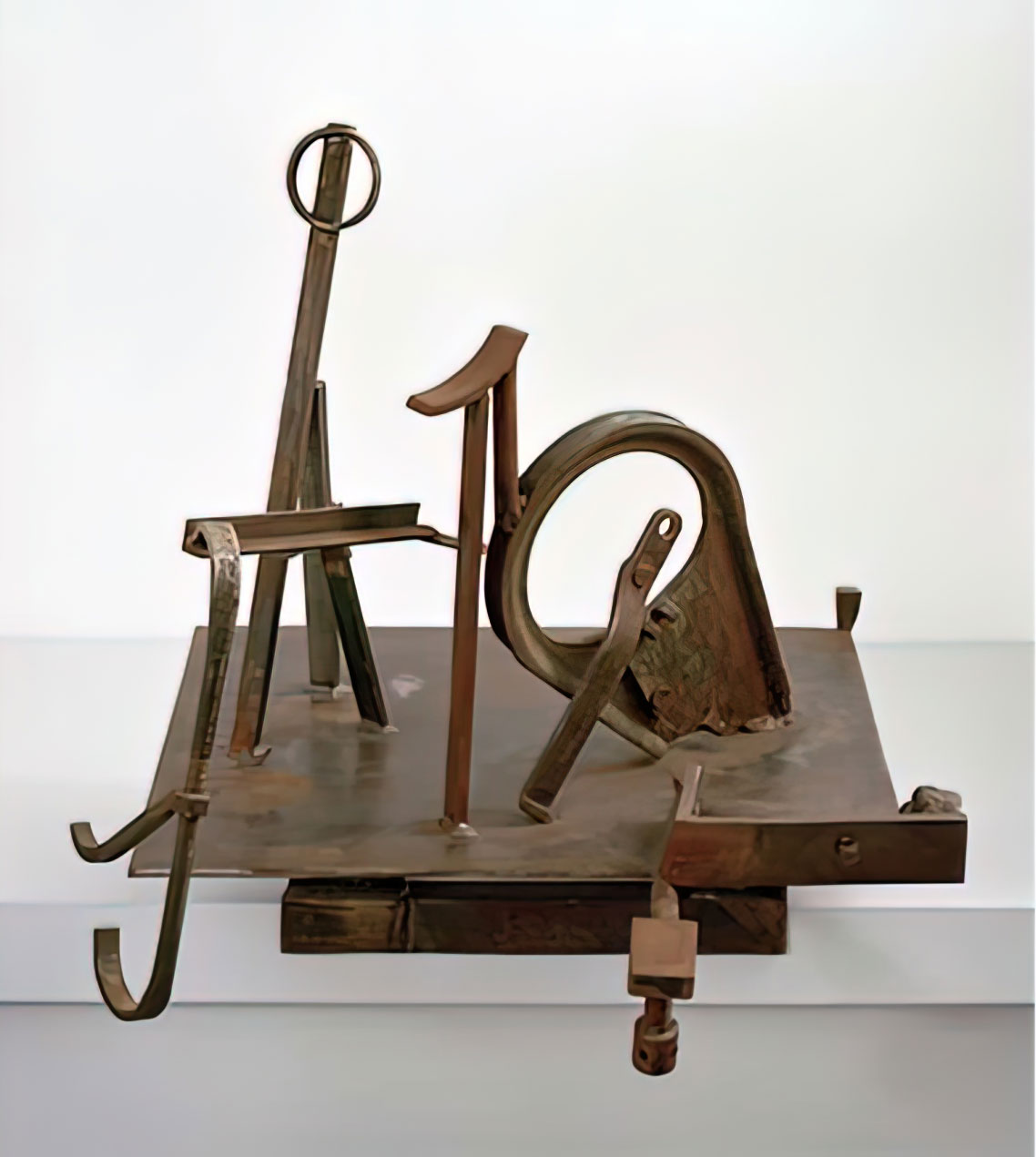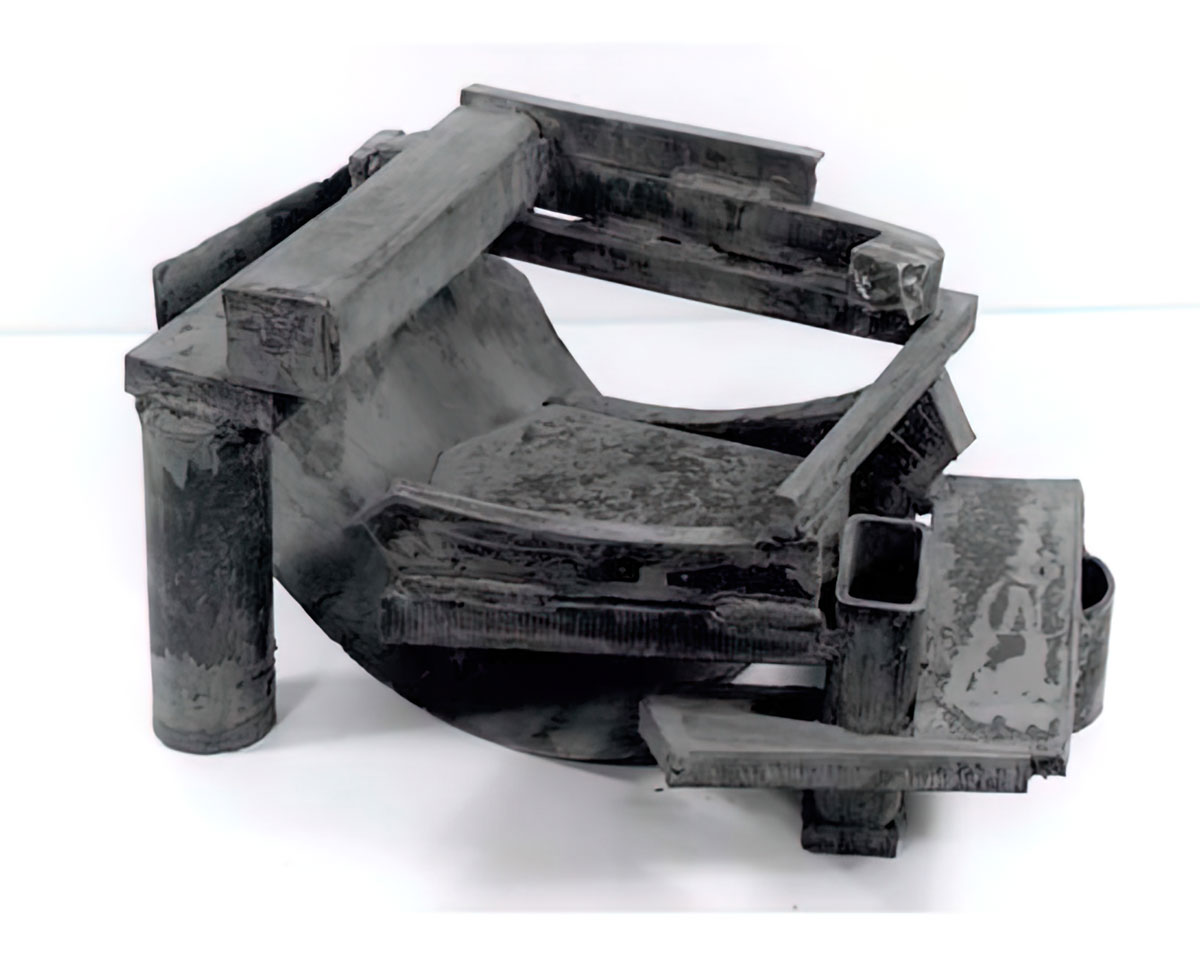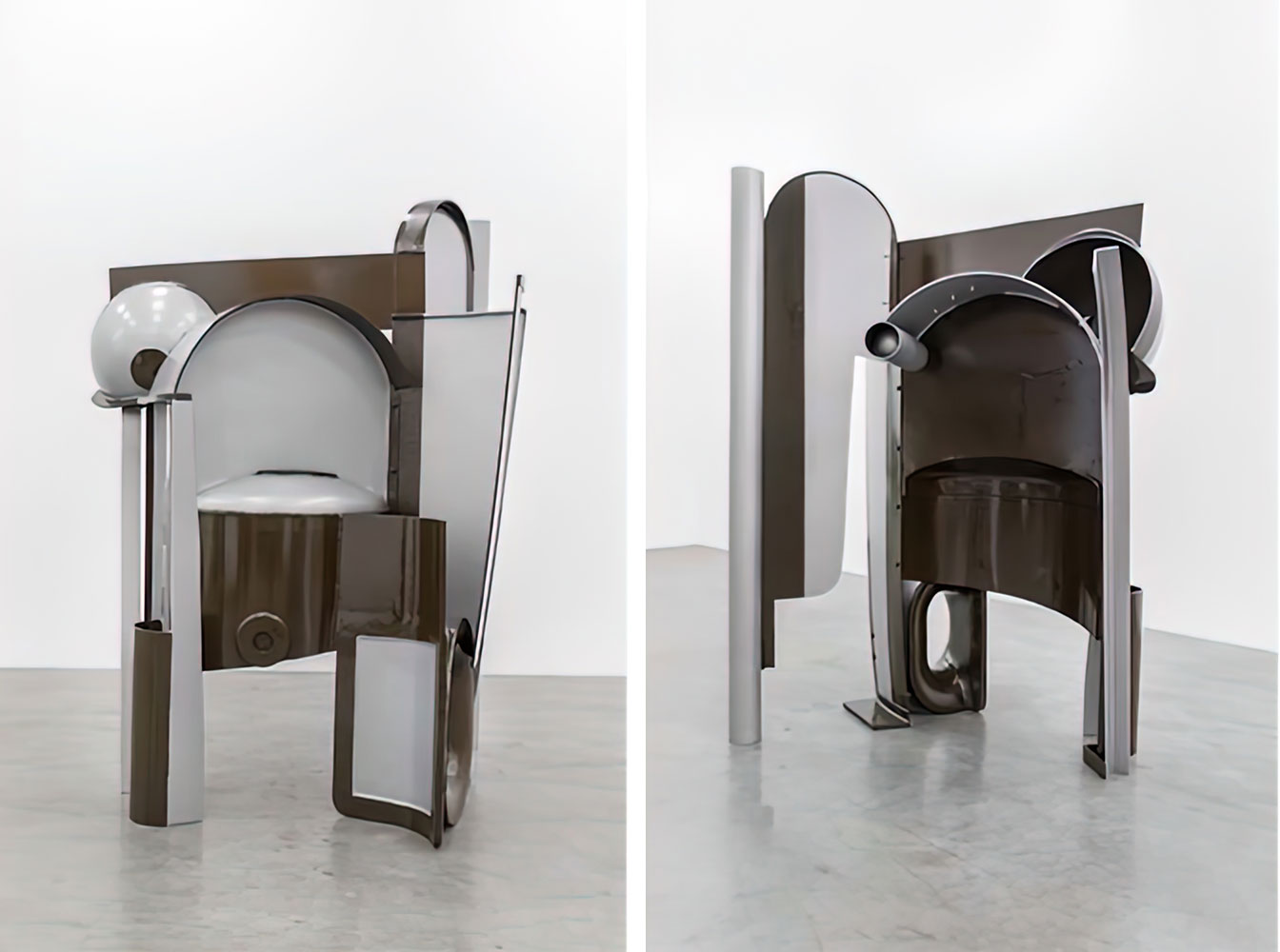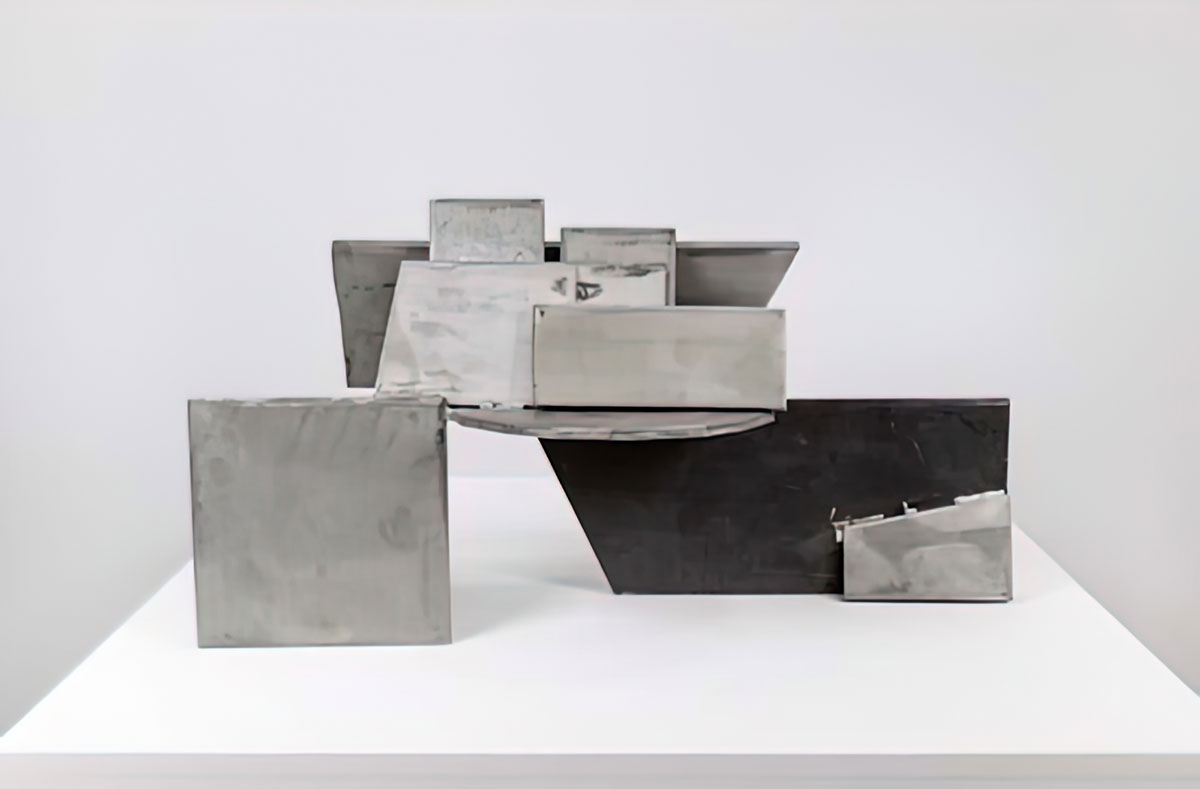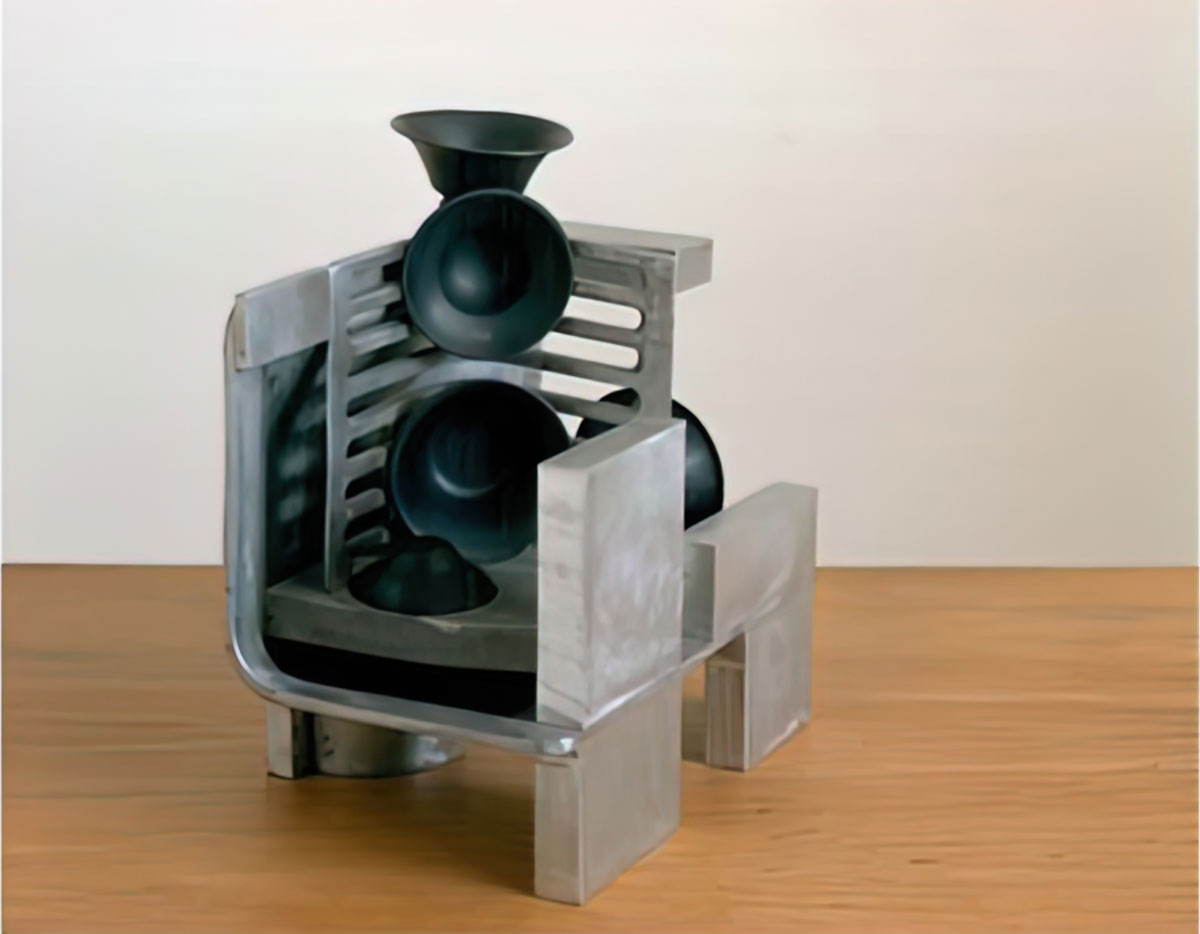PRESENTATION: Anthony Caro-More Real, More Felt
 Considered to be one of the greatest sculptors of the last fifty years Anthony Caro took the norms and even the definitions of sculpture in new directions. He experimented with a wide range of different materials, such as sculptures made from welded or assembled metal parts, painted metal constructions and bronze table-top pieces. His work is rooted in a radical exploration of space.
Considered to be one of the greatest sculptors of the last fifty years Anthony Caro took the norms and even the definitions of sculpture in new directions. He experimented with a wide range of different materials, such as sculptures made from welded or assembled metal parts, painted metal constructions and bronze table-top pieces. His work is rooted in a radical exploration of space.
By Dimitris Lempesis
Photo: Galerie Templon Archive
Anthony Caro revolutionized sculpture in the ‘60s when he moved away from making elaborately modelled, figurative works cast in bronze, instead creating large, abstract assemblages out of prefabricated steel and aluminum elements that he installed directly on the ground. In his work art and matter struggle against one other, the drama of artistic creation is made physically present and palpable for the viewer. In the exhibition “More real, more felt” are on show a series of major works created by Anthony Caro between 1973 and 2011. With a selection of pieces from the artist’s estate, the exhibition analyses Caro’s very personal language and his complex relationship with abstraction, whose ultimate aim was to make his sculpture ‘more real, more felt. Right from the beginning of his artistic career, Caro emphasised the need to transcend mere physical presence to convey more complex feelings. After reaching the conclusion that creating figurative images necessarily led to a pretence, he decided that only non-figurative sculpture could achieve emotion through the manipulation of form, space, colour and materials. In Anthony Caro’s oeuvre, each of these elements has an expressive meaning and the artist played with them like a musical score, focusing on structure, repetition, variation and intervals. Just like music, his works combine formal gestures in steel, bronze or aluminium that excite the eye and provoke a visceral reaction. ‘I try to remove all references and create a true abstraction, composing my works as if with musical notes,’ explained the artist. The notion of scale is also an essential dimension of this exploration. Works such as “Belt and Slow March” (1985) flirt with the monumental, and it is only by coming closer that the viewer can perceive all the nuances. In contrast, “Cuckoo” (2001) and “Lamp” (2011), at once intimate and exquisitely detailed, are akin to chamber music. The ability of abstract sculpture to evoke emotion was one of the artist’s major concerns throughout his life. In a 2005 interview, he said “As in music, there is an intimate, implicit connection between our heartbeat and variations in a key or rhythm. In sculpture, there is a relationship between what we feel…and the forms, the spaces”. Collectively, the works reveal the breadth of research of a passionate artist, perpetually in search of formal innovations to achieve an ultimate surfeit of reality and sensation.
Anthony Caro was apprenticed to the sculptor Charles Wheeler at age 13 during summer vacations, and later he studied engineering at Christ’s College, Cambridge. He served in the Royal Navy during World War II and then returned to studying sculpture, first at Regent Street Polytechnic, London, and later with Wheeler at the Royal Academy Schools (1947–52). He then assisted the sculptor Henry Moore in his studio. Caro’s student sculpture had been primarily figurative, but on a visit to the United States in 1959 he met the sculptor David Smith, and the two formed a mutually influential relationship. Following Smith’s example, Caro in 1960 began experimenting with the abstract metal sculptures made of steel beams, rods, plates, and aluminum tubing that became his hallmark. He welded or bolted these prefabricated elements together into suggestive shapes which he then painted a uniform color. Caro’s sculptures tend to be large in dimension, linear in form, and open or sprawling in character. Though some of his work adheres to a rigid, rational geometry his characteristic sculptures suggest lyrical movement, apparent weightlessness, improvisation, and chance. Caro came to be regarded as the most important sculptor since Smith and exercised great influence over a younger generation of British sculptors. He took the lead among modern sculptors in resting his sculptures directly on the ground rather than on the traditional pedestal. His sculptures of the 1970s were composed of massive, irregular sheets of rough steel, but in the 1980s he returned to a more traditional style, making semi-figurative sculptures in bronze.
Photo: Anthony Caro, Table Piece CCLXXX (B0282), 1975-1976, steel, rusted and varnished, 79 × 151 × 60 cm, 31 1/8 × 59 1/2 × 23 5/8 in, © © Barford Sculptures Ltd., Courtesy the artist and Galerie Templon
Info: Galerie Templon, 30 Rue Beaubourg, Paris, France, Duration: 8/1-5/3/2022, Days & Hours: Tue-Sat 10:00-19:00, www.templon.com
